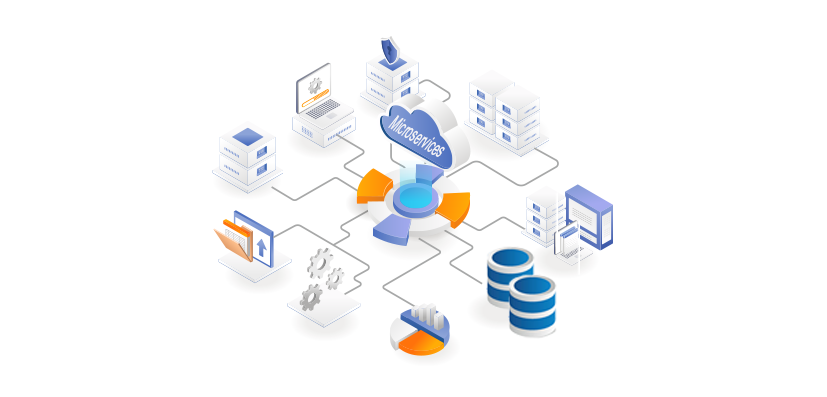Shell Read Case Study
"I love the fact that I can access years’ worth of information in seconds! Great job."
"I love the fact that I can access years’ worth of information in seconds! Great job."
"It's a real benefit for all our associates to be able to access the same reports regardless of their location."
SunNet Solutions Corporation
P.O. Box 22571
Houston, TX 77227
Phone: 713-783-8886
In our last newsletter, we explored the benefits of migrating your IT infrastructure to the cloud. As you embark on your cloud journey, it's essential to consider how you'll design and build your applications. One powerful approach is through microservices.
Imagine building a complex machine like a car. Instead of building the entire car as one giant piece, it's easier to build it in parts: the engine, the wheels, the steering wheel, etc. Each part can be worked on separately and replaced or upgraded without affecting the whole car. This is essentially the idea behind microservices.
What are Microservices? Microservices is a way to build software applications by breaking them down into smaller, independent services. Each service focuses on a specific task and can be developed, deployed, and scaled independently. Think of each service as a small, self-contained application that works together with others to form a larger system.

Why Use Microservices?
Microservices in Action A good example is an online shopping website. It can be broken down into services like product catalog, shopping cart, payment, and order management. Each service can be developed and managed separately, making the website more flexible and scalable.
While microservices offer many benefits, it's important to understand that they also introduce complexity. Managing multiple services and ensuring they work together smoothly requires careful planning and coordination.
In our next newsletter, we'll discuss how to migrate your database from MySQL to Amazon RDS.

